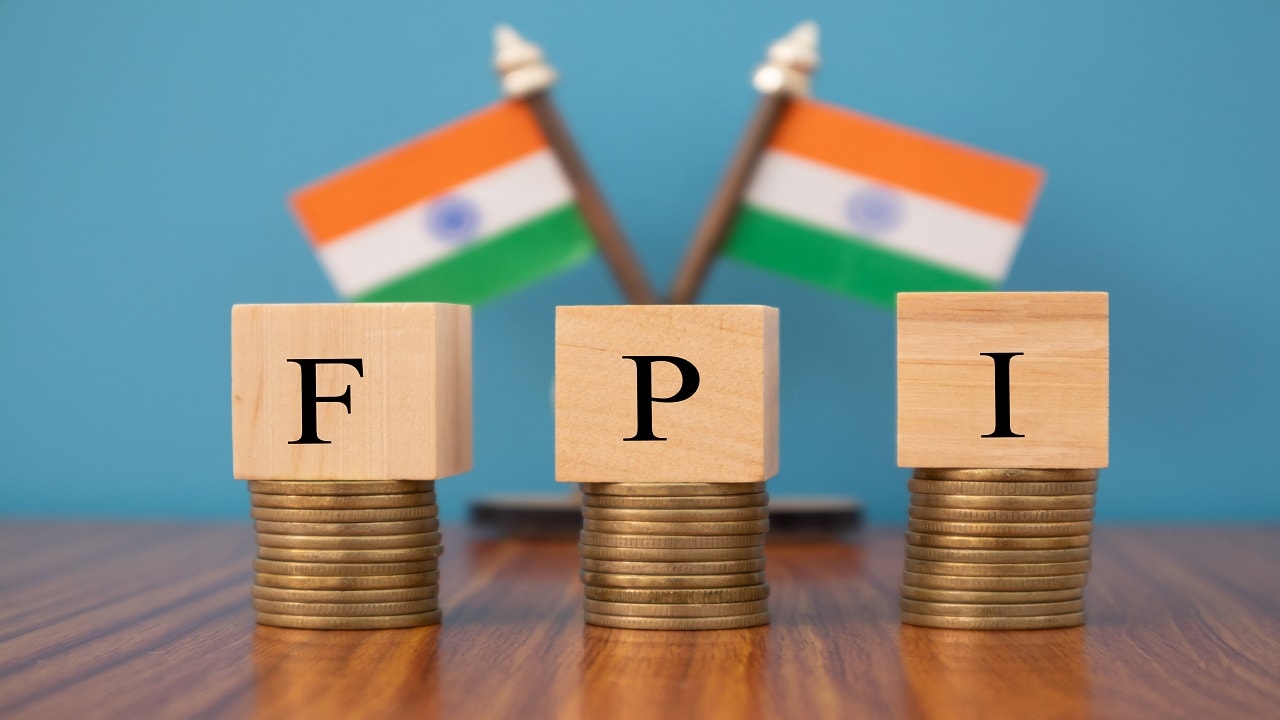Understanding Rate Cuts
When the Reserve Bank of India (RBI) decides to cut its policy interest rates, it's essentially making borrowing cheaper for banks. This reduction, aimed
at stimulating economic activity, reduces the interest rate at which commercial banks can borrow money from the RBI. Consequently, these banks are likely to lower their lending rates for consumers and businesses. This move encourages increased borrowing, as loans become more affordable for individuals and companies. The goal is to boost investment and spending, fostering economic expansion. A rate cut signals that the central bank aims to ease financial conditions, making money more accessible and stimulating economic growth, particularly during periods of slowdown. However, this action also has potential downsides like inflationary pressures if not managed carefully.
Impact on Borrowing
One of the most immediate effects of an RBI rate cut is the reduced cost of borrowing. For consumers, this means potentially lower interest rates on home loans, car loans, and personal loans. Businesses also benefit, as they can secure funds for expansion, investment in new projects, or simply improving existing operations at more favorable terms. The reduced cost of capital incentivizes investment, as companies are encouraged to take on more projects or ventures. This is meant to encourage capital spending and create jobs. Additionally, existing borrowers may refinance their loans to take advantage of the lower interest rates, potentially reducing their monthly payments. In essence, a rate cut seeks to reduce the financial burden on both borrowers and companies, fostering overall economic activity.
Inflationary Pressures
While a rate cut generally aims to promote economic growth, it can also lead to inflationary pressures if not carefully managed. With increased borrowing and spending, the overall demand in the economy tends to rise. If the supply of goods and services does not keep pace with this heightened demand, prices could increase, leading to inflation. The RBI closely monitors inflation levels while making rate decisions. If inflation rises too quickly, the central bank might need to reverse course and consider raising interest rates to curb spending and stabilize prices. Managing inflation is important to ensure economic stability, as uncontrolled inflation can erode purchasing power and create instability. The RBI's policy decisions reflect its efforts to maintain a balance between promoting growth and controlling inflation, ensuring sustainable economic development.
Influence on Investments
An RBI rate cut can significantly impact investment decisions in various financial markets. For example, lower interest rates can make fixed-income investments, such as government bonds and fixed deposits, less attractive, prompting investors to look for higher returns elsewhere. This can drive capital into riskier assets like stocks. The stock market often responds positively to rate cuts as it boosts investor confidence and expectations for future earnings. Businesses, in turn, are more likely to invest in their operations, which contributes to economic growth. Additionally, foreign investors might find India's markets more attractive, which can lead to capital inflows and further boost economic activity. The impact of rate cuts on investments reflects the broader economic outlook and investor sentiment, influencing the flow of funds across different asset classes.
Sectoral Implications
Different sectors of the Indian economy respond to an RBI rate cut in varied ways. Real estate often sees increased activity, with lower borrowing costs making homeownership more affordable. The automobile sector can also benefit, with cheaper loans encouraging consumers to purchase vehicles. Manufacturing companies may ramp up production, encouraged by more accessible capital. Certain sectors that are sensitive to interest rate fluctuations, such as banking and finance, also experience immediate changes. While some sectors, like export-oriented industries, may face a mixed impact because a rate cut can influence exchange rates, others like consumer discretionary sectors often see an increase in sales due to rising consumer confidence and spending. The overall result is a varied impact across different industries, reflecting the complex interplay of economic forces.
Monetary Policy Tools
Besides adjusting the policy interest rate, the RBI uses several other monetary policy tools to manage the economy. These tools include the cash reserve ratio (CRR), which mandates the percentage of deposits that banks must hold with the RBI, and the statutory liquidity ratio (SLR), which requires banks to invest a portion of their deposits in government securities. The RBI can also use open market operations (OMO), which involves buying or selling government securities to inject or withdraw liquidity from the market. These tools are used together to influence the overall financial conditions and steer economic growth. The effectiveness of each tool depends on the prevailing economic conditions and the RBI's specific objectives. These multiple instruments enable the RBI to respond effectively to various economic challenges, ensuring that the economy can adjust as needed.
Economic Outlook
The ultimate impact of an RBI rate cut on the Indian economy depends on various factors, including the global economic climate, government policies, and the responses of consumers and businesses. If the economic outlook is favorable, a rate cut can accelerate economic growth and lead to an increase in employment and income levels. However, the impact can be moderated if the global economic outlook is uncertain or if there are other domestic challenges. The RBI continuously assesses these factors while making its monetary policy decisions to maintain the right balance. These decisions influence overall economic stability and prosperity. Effective monetary policy is necessary to ensure sustainable economic growth and a stable financial environment, encouraging long-term confidence.















